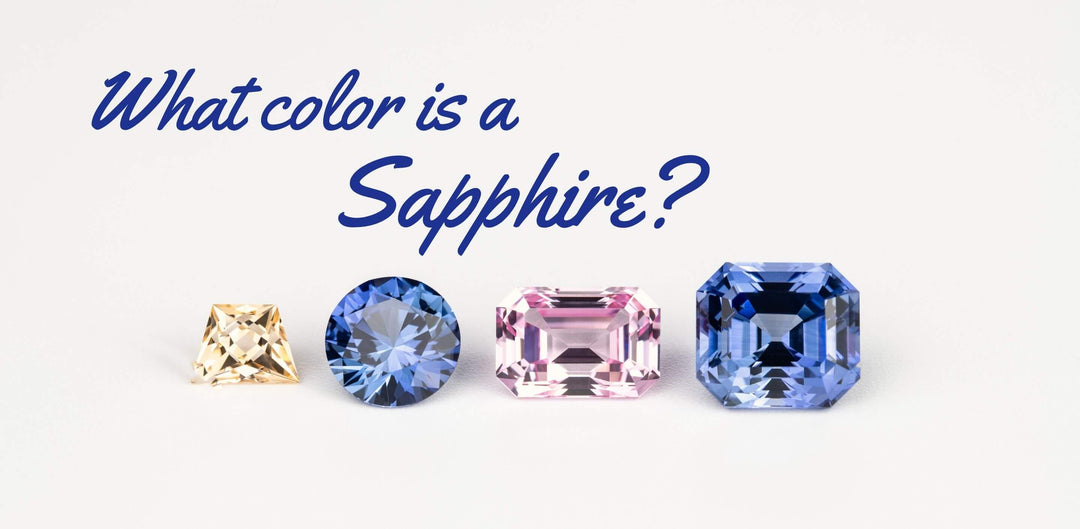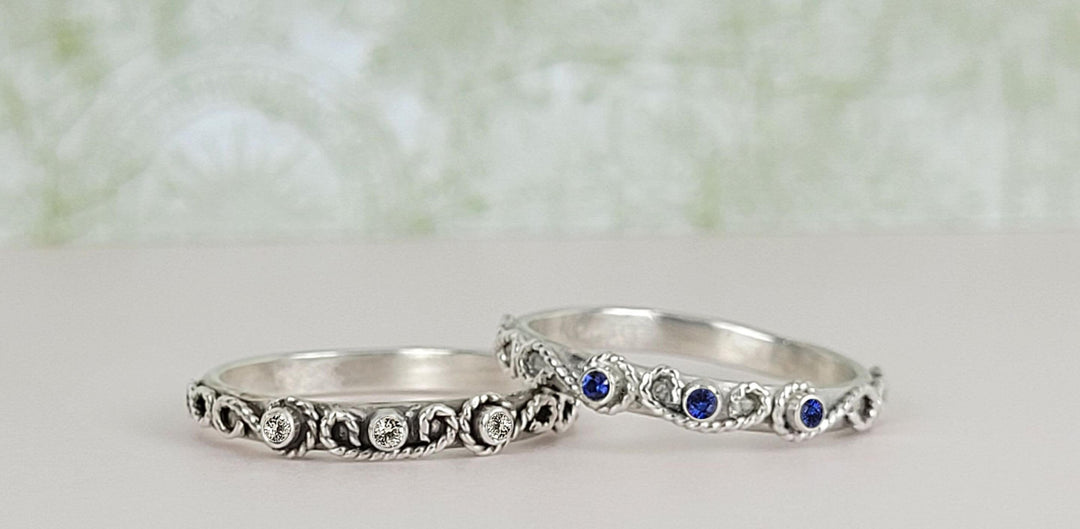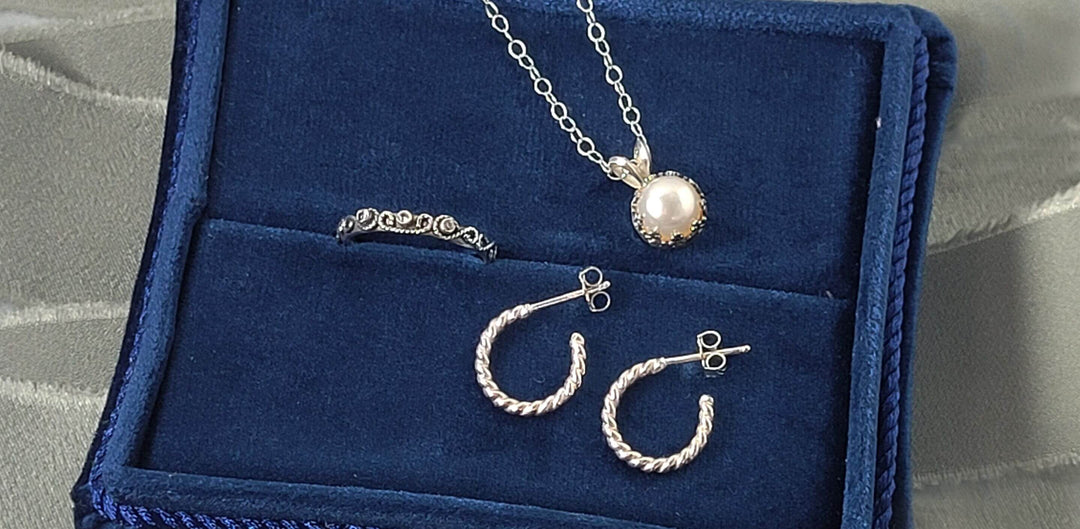The History and Popularity of Rose Cut Gemstones
Gemstones come in all sizes, shapes, and colors, and one shape that is making a very big comeback is the rose cut gemstone. A rose cut gemstone is a stone that has a flat base with a domed top, much like a traditional cabochon stone, except that the top is cut with anywhere from 6 to12 to 18 to 24 triangular facets that resemble the narrowing spiral of how the petals of a rose lie naturally in the flower as it blooms. This multi-faceted crown offers a soft, sensual shimmer and luster rather than the intense sparkle of modern-day faceted gemstone cuts. Rose cut stones also appear larger than their brilliant cut counterparts due to their larger facets and shallow, flat-bottomed design.
Although the term "rose cut" is now more closely associated with the cut of diamonds, it is actually a unique Old World gemstone cut that became popular in Europe in the 16th century in setting colored stones in jewelry. The reason? Candlelight. This was the era before electricity, and candles were a popular form of lighting at the time. The elite European class took notice of how beautifully candlelight would reflect and dance in a rose cut stone's facets, therefore making it a sought-after gemstone cut to set in jewelry.
The rose cut remained popular for both colored gemstones and diamonds throughout the 19th century and into the early 20th century, and is believed to have originated in India in the 15th century. India was a major supplier of both gemstones and diamonds, and by cutting a stone with the rose cut technique, you could elevate a gemstone that had natural inclusions within the stone that were visible to the naked eye. It made them more attractive due to the way they reflected light, and therefore more salable.
Within the past 20-25 years, the popularity of vintage jewelry, especially wedding and engagement rings, has continued to rise, making the rose cut once again a highly sought-after stone cut for all types of jewelry.
You can discover more rose cut jewelry in a variety of styles in the Heirloom Collection and in the Rose Cut Jewelry Collection.







